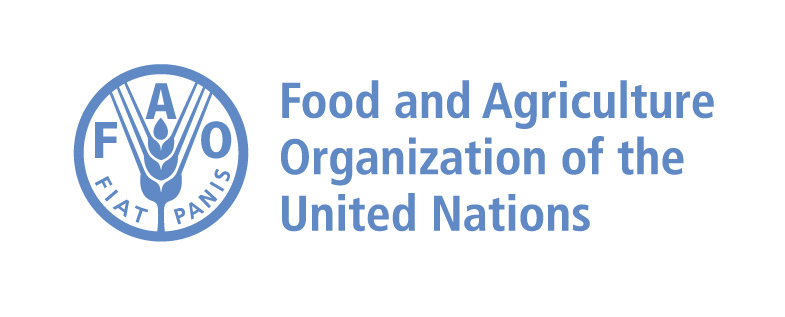Resource information
The aim of this Act, consisting of 6 Parts, is to define and identificate the following land characteristics, specifying: the determination of the extent of erosion along the banks of rivers or the extent of accretion, reformation or new formation due to fluvial action of any river, the better security of landed property and the prevention of encroachments and disputes, to provide for the survey of lands and for the establishment and maintenance of marks to distinguish land boundaries. It establishes that any land gained by alluvion or by dereliction of a river or of the sea to any estate as here defined, which, under the laws in force is considered an increment to the tenure to which such land has accreted, shall be deemed a part of such estate: "mauza" includes every village, hamlet, tola and similar subdivision of an estate, pargana or village by whatever name such subdivision may be known.Before entering on any lands for the purpose of a survey the Collector shall cause to be published a proclamation addressed to the occupants of the lands which are about to be surveyed and of the conterminous lands, and to all persons employed on or connected with the management of, or otherwise interested in, such lands, calling upon them to attend, either personally or by agent, before the Collector or any officer authorized by the Collector in that behalf, at such places and at such times as shall be stated in such proclamation, during the demarcation and survey of the land, for the purpose of pointing out the boundaries and of rendering such aid as may be necessary in setting up or repairing such boundary marks as may be required, and of affording such assistance and information as may be needed for the purposes of this Act.The Act is divided into the following parts: Preliminary (1); Survey (2); Determination of Erosion, Accretion, Reformation and New Formation (2A); Boundary-Marks (3); Apportionment and Recovery of Expenses (4); Boundaries disputes (5); and Miscellaneous (6).



